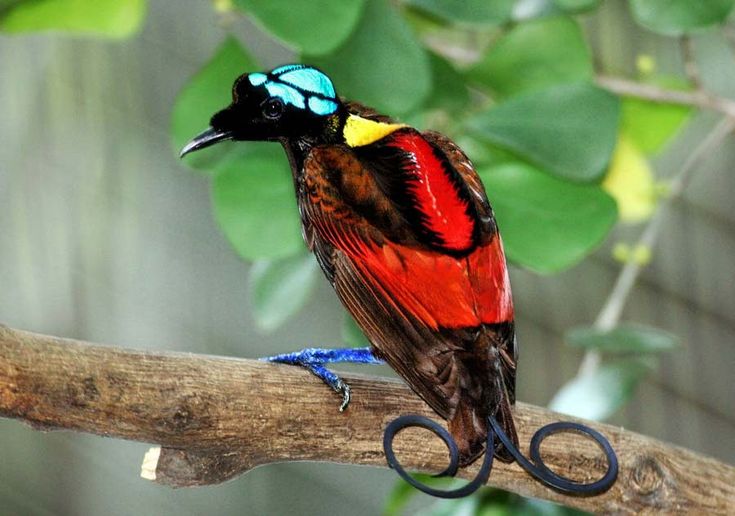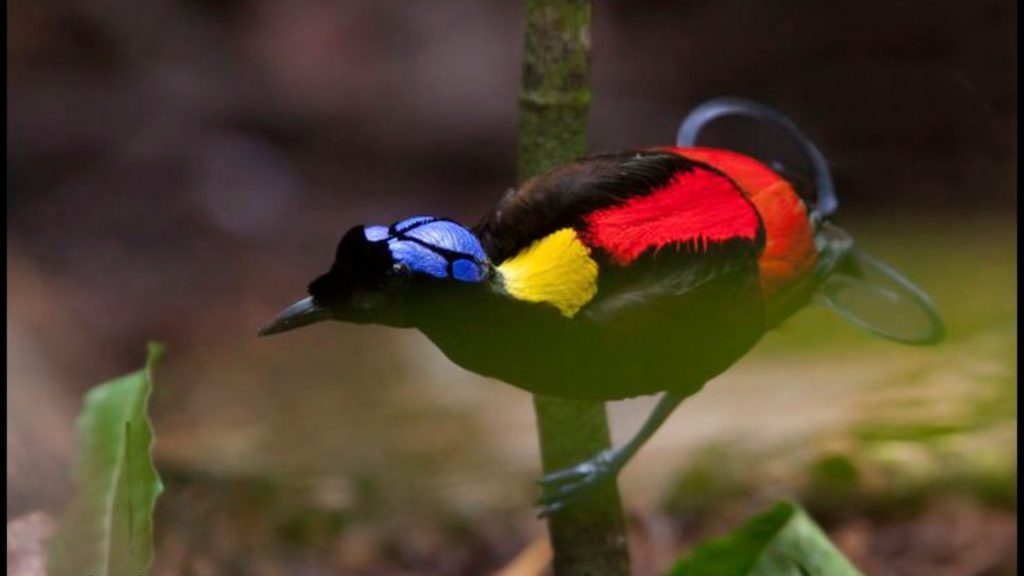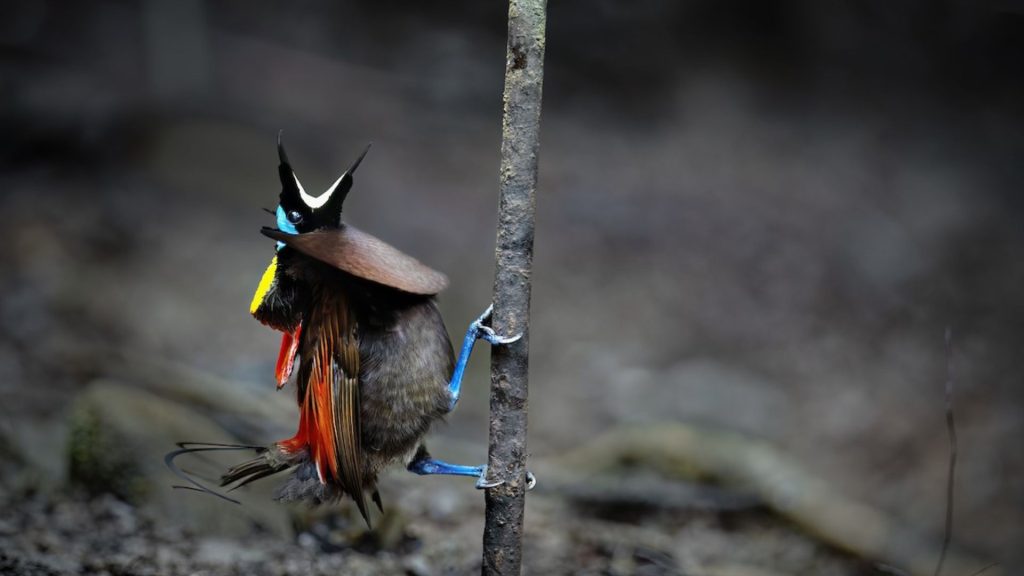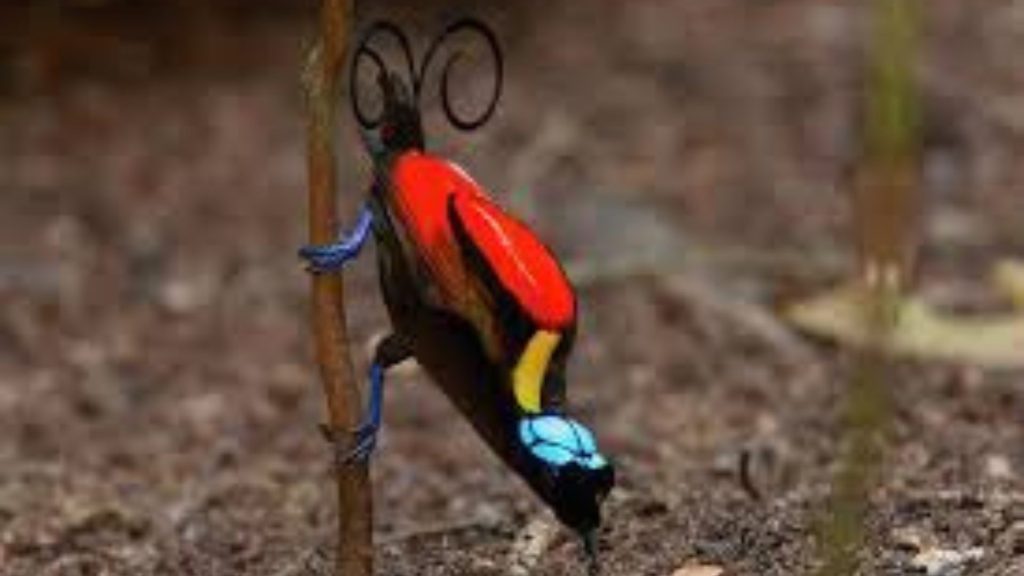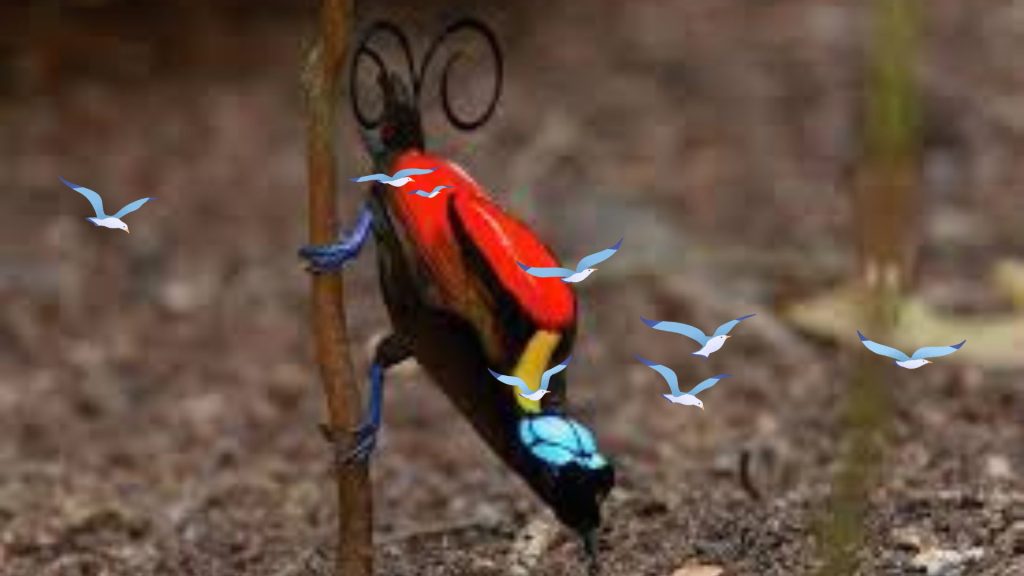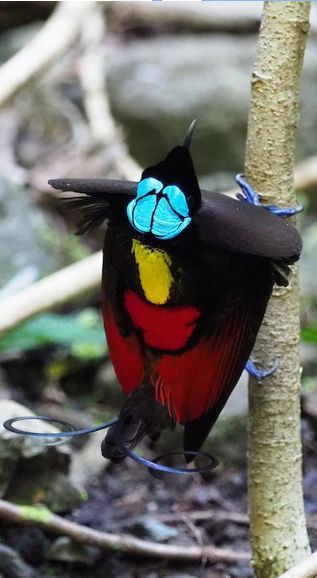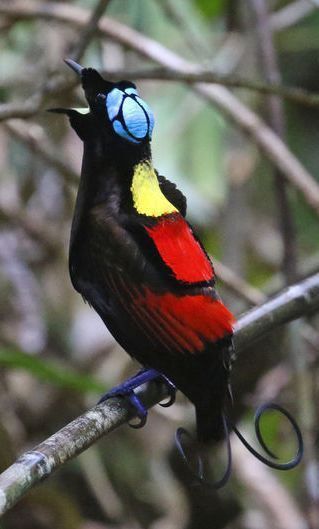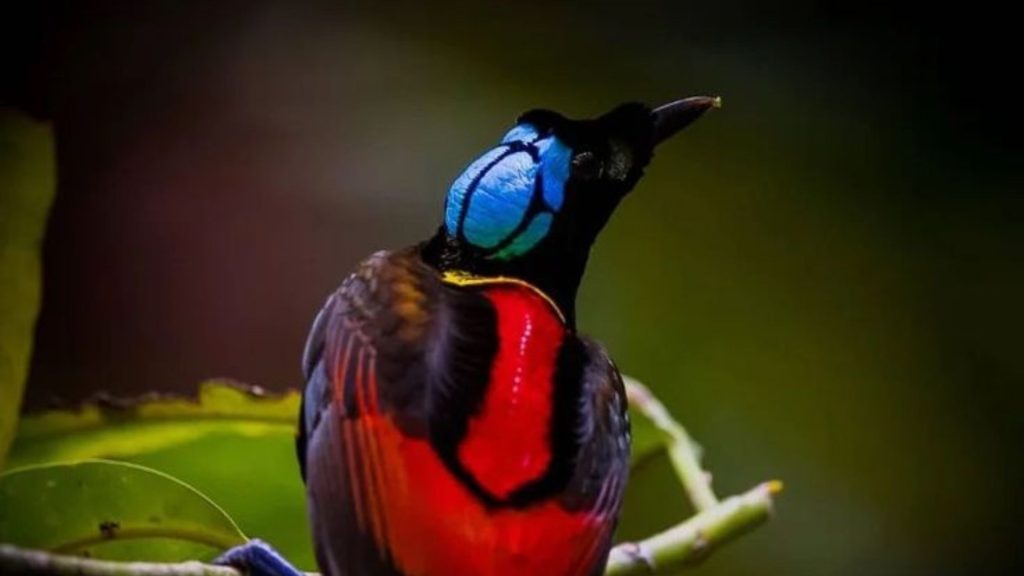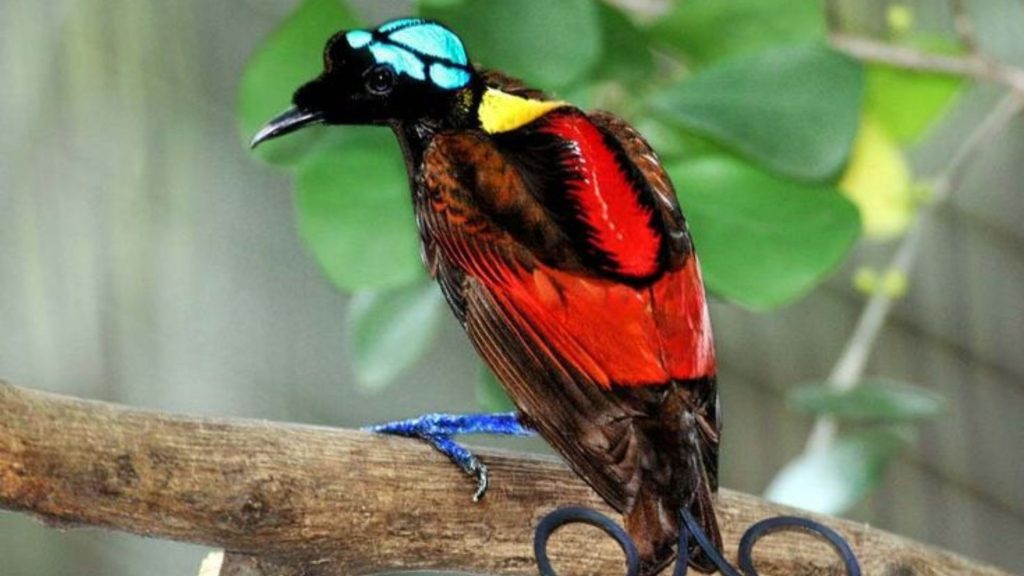Visual Identification
The White Bellbird: Nature’s Loudest Singer
The Wilson’s bird of paradise thrives in dense lowland rainforests, though it can sometimes be found at higher elevations in mountain forests.
Sadly, its vibrant world is slowly disappearing. The species faces increasing pressure from deforestation, illegal logging, and forest fires. Because of this loss of habitat, the bird is currently listed as Near Threatened on the IUCN Red List, and conservationists are keeping a close watch on its declining population.
The Story Behind the Name
Its name, though somewhat European-sounding, also has a story. The bird is named after British naturalist Edward Wilson, who acquired the first specimen identified in the 19th century
The “Wilson’s” title was later used by Napoleon Bonaparte’s nephew, Charles Lucien Bonaparte, to catalog the species—a reminder of how European exploration and colonial fascination brought many of Earth’s wonders into the scientific spotlight.
Size
 Length:
Length:8.3 inches (21 cm)
 Wingspan:
Wingspan:up to 6 inches
 Weight:
Weight:2 ounces (62 grams)
Measuring only about 8.3 inches (21 cm) in length and weighing just over 2 ounces (62 grams), the Wilson’s bird of paradise is compact yet flamboyant.
One of its most unique features is the bright turquoise crown on the male’s head.
Unlike feathers, this glowing cap is actually a patch of bare, vividly pigmented skin—a natural display evolved purely for visual impact.
Colours
| Male | Female | |
|---|---|---|
| Primary Colour | Red, Black, Blue, Yellow | Red, Black, Blue, Yellow |
| Secondary Colour | White, Green, Violet | White, Green, Violet |
| Beak Colour | Black, Light Green | Black, Light Green (likely blackish-grey) |
| Leg Colour | Rich Blue | Rich Blue |
Habitats

Urban
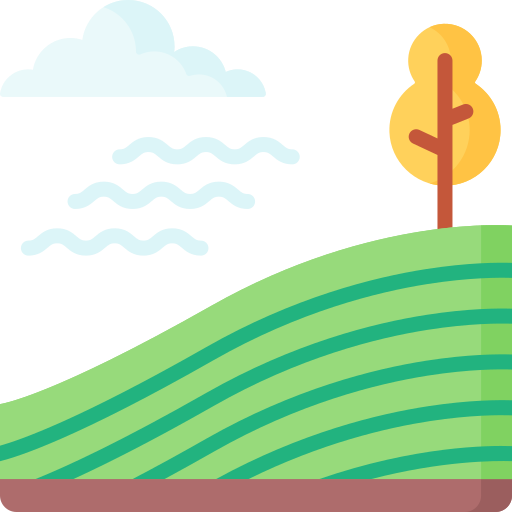
Farmland

Grassland

Woodland
Wetland

Coastal

Desert
Mountain
Tundra

Rainforest
Wilson’s Bird-of-Paradise Habitat & Behavior
✅ Preferred Habitats
✔ Lowland Rainforest – Primary habitat, especially in dense, humid tropical forests.
✔ Hill Forest – Thrives at elevations around 300 m (984 ft); most common in this zone.
✔ Middle Mountain Forest – Occasionally found in higher-altitude forests (still within tropical range).
❌ Avoided Habitats
✖ Urban – Never found in cities or developed areas.
✖ Farmland – Avoids agricultural or deforested regions.
✖ Grassland – Requires dense forest; never in open plains.
✖ Wetland – Not associated with swamps or marshes.
✖ Coastal – Restricted to inland forests of Waigeo/Batanta.
✖ Desert – Needs high humidity; absent from arid zones.
✖ Tundra – Exclusively tropical; no cold-climate presence
Behaviour & Ecology
References
1. Wilson's Bird-of-Paradise Wikipedia article - https://en.wikipedia.org/wiki/Wilson%27s_bird-of-paradise
2. Wilson's Bird-of-Paradise on The IUCN Red List site - http://www.iucnredlist.org/details/22706202/0

